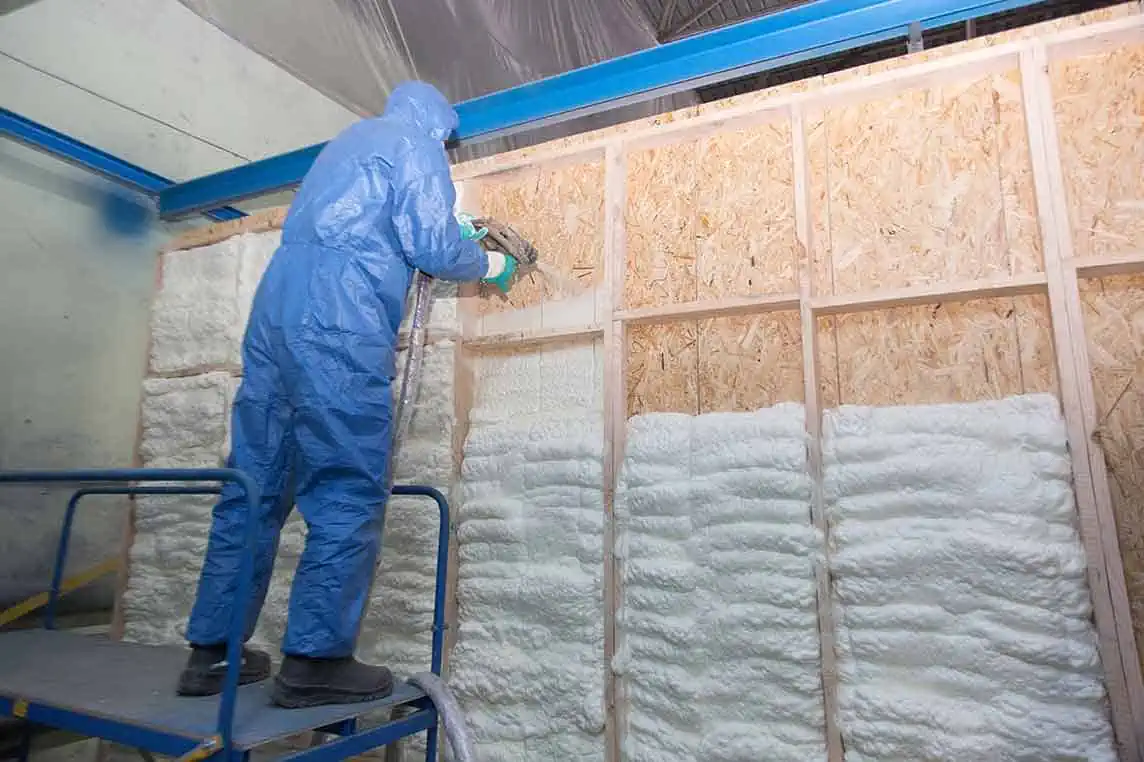Foam insulation is a popular choice for homeowners looking to improve energy efficiency, reduce heating and cooling costs, and create a comfortable indoor environment. Once installed, foam insulation requires proper maintenance to ensure its longevity and optimal performance. In this article, we will explore essential foam insulation maintenance tips that can help you extend the lifespan of your insulation and maximize its effectiveness.
- Regular Inspections: Schedule periodic inspections of your foam insulation to identify any signs of damage or wear. Look for cracks, gaps, or areas where the foam may have deteriorated. Inspect both the interior and exterior of your property, including walls, ceilings, and crawl spaces. If you notice any issues, contact a professional insulation contractor to address them promptly.
- Moisture Management: Moisture can be detrimental to foam insulation, compromising its effectiveness and leading to mold or mildew growth. Regularly check for any sources of moisture, such as leaks or condensation, and address them immediately. Ensure proper ventilation in areas prone to high humidity, such as bathrooms or kitchens. Proper moisture management will help maintain the integrity of your foam insulation.
- Sealant Maintenance: Foam insulation is typically installed using sealants to create an airtight barrier. Over time, these sealants may deteriorate or crack, allowing air leakage and reducing the insulation’s effectiveness. Inspect the sealants regularly and apply new sealant as needed to maintain the integrity of the insulation. Consider hiring a professional insulation contractor for sealant maintenance to ensure proper application and long-lasting results.
- Pest Prevention: Foam insulation can attract pests such as rodents or insects if not properly protected. These pests can damage the insulation by chewing through it or creating nests. Take preventive measures to keep pests away from your insulation by sealing any potential entry points, such as gaps or cracks in walls or foundations. Regularly inspect your property for signs of pest activity and address them promptly.
- Maintain Proper Air Circulation: Proper airflow is essential for the long-term performance of foam insulation. Ensure that vents, air ducts, and HVAC systems are clear of obstructions to allow for efficient air circulation. Blocked air vents can lead to moisture buildup or uneven temperature distribution, affecting the insulation’s effectiveness. Regularly clean or replace air filters to maintain optimal airflow throughout your home.
- Avoid Physical Damage: Foam insulation is durable but can still be susceptible to physical damage. Avoid hitting or puncturing the insulation during home repairs or renovations. Be cautious when moving objects near the insulation to prevent accidental damage. If repairs or modifications are necessary, consult with an insulation professional to ensure the proper handling of the foam insulation.
- Monitor Energy Consumption: Keep track of your energy consumption to gauge the performance of your foam insulation. Significant increases in energy bills or noticeable fluctuations in indoor temperature may indicate insulation issues. If you notice any changes, consult an insulation expert to assess the insulation’s condition and recommend any necessary repairs or upgrades.
- Professional Maintenance: Consider scheduling periodic professional maintenance for your foam insulation. Insulation contractors can perform comprehensive inspections, identify potential problems, and provide expert recommendations. Professional maintenance can help identify issues early on and address them before they escalate, prolonging the lifespan of your foam insulation.
By following these foam insulation maintenance tips or relying on foam insulation services in Bradford, you can extend the lifespan and maximize the performance of your insulation. Regular inspections, moisture management, sealant maintenance, pest prevention, proper air circulation, avoiding physical damage, monitoring energy consumption, and professional maintenance are key to ensuring that your foam insulation continues to provide the desired energy efficiency and comfort for years to come.
